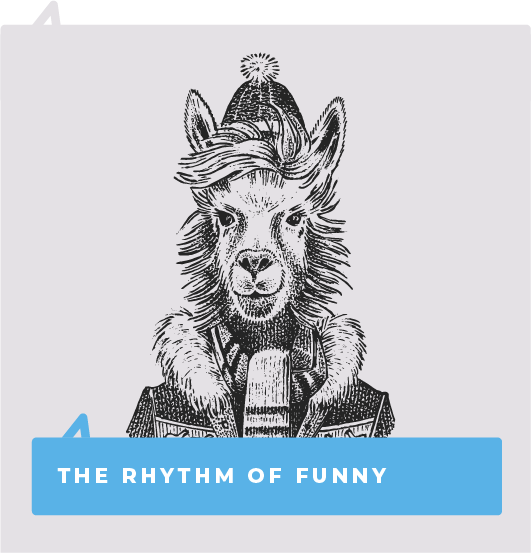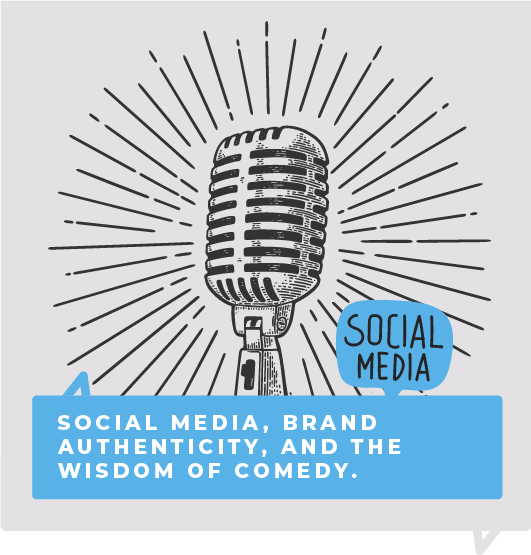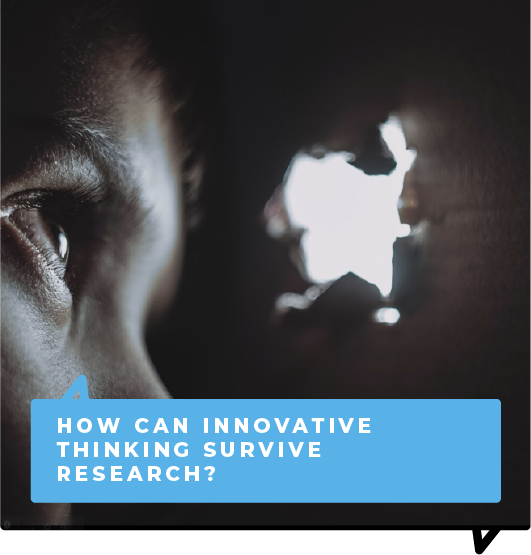
ESTABLISH ENEMIES, THEY'RE GOOD FOR ADVERTISING
In 2007, Yankelovich estimated that the average American was exposed to more than 5,000 advertisements per day. With the explosion of social media over the past decade, industry experts estimate that number has nearly doubled. So conservatively, you saw 5,000 ads yesterday. How many of them do you remember? To stand out, marketers have to tell simple, compelling stories. For inspiration, look no further than the undisputed genius of cartoons.
Bugs Bunny outsmarted Elmer Fudd and Yosemite Sam.
The Teenage Mutant Ninja Turtles stopped The Shredder.
Scooby Doo caught a different masked bad guy almost every week.
Antagonists are key to good storytelling. It was true with Saturday morning cartoons and it's true with basic marketing strategy. If you want to tell a compelling brand story, sometimes picking an enemy is the best place to start.
HELLO, I'M A MAC
Apple's Get A Mac campaign was a popular, effective example of marketing against an enemy. The ads typically opened as actor Justin Long, dressed as a casual guy introduces himself "Hello, I'm a Mac." Followed by comedian John Hodgman doing his best to look buttoned-up, stuffy and boring "And I'm a PC." Apple created this campaign to humanize their product while setting out to be more approachable to a younger audience.
Apple made it perfectly clear what their product stood for by pushing off an enemy - the stuffy, old, boring PC. This way was more compelling, interesting and memorable than a typical ad that focused solely on the product details of the new Mac. The ads were incredibly successful. In the first quarter of the campaign, Mac sales increased 12%. By the end of the year, Apple had sold a record breaking 1.6 million Macs, increasing revenues by 39% and helping to change the way people felt about the product and the company.
WHERE'S THE BEEF?
Another example of defining a product with help from an enemy is Wendy’s classic, “Where’s the Beef” ad from the 1980s. The ad focuses on a trio of women in a generic setting reacting to an exaggerated representation of competitors’ burgers with a comical big-bun to tiny-patty ratio. One of the women implores “where’s the beef?” and an announcer voice over breaks into descriptions and imagery of Wendy’s Single that offers “more beef and less bun.
A Wendy's commercial that focused on the generous size of their burger patties without the comical exaggeration to compare them to would have been forgotten shortly after it aired. Instead, more than 35 years later "where's the beef?" is still a well known catchphrase that Wendy's continues to leverage and pay homage to.
ENEMIES WORK WELL BEHIND THE SCENES TOO
Picking an enemy doesn't have to mean attacking a competitor. While "Where's The Beef?" mentions McDonalds and Burger King, it probably didn't need to in order to work. Enemies aren't just for the creative, they can be incredibly useful to think about when writing briefs. Typically, briefs are very focused on your brand, your position, your objective, your mandatory messages. Try using an enemy to crystallize your strategy by looking from the outside in and differentiating from an unwanted or alternative idea - it doesn't have to be a competitor. For example:
A potential enemy for a fast food restaurant
Another boring $5 value meal.
A potential enemy for a car company:
Dreading your daily commute.
A potential enemy for home and auto insurance:
Confusion and apathy.
Capturing an idea-based enemy in a brief could lead to a more interesting strategy or more compelling creative ideas than the usual way of writing a very brand-focused brief. It could be worth creating an entirely new section for your brief. Or, maybe, it's just a new way of thinking to try out during writer's block. So, the next time you're struggling to find a big idea, just ask yourself, "What would Spongebob do?"
Commentary provided by Dan Whitmyer





